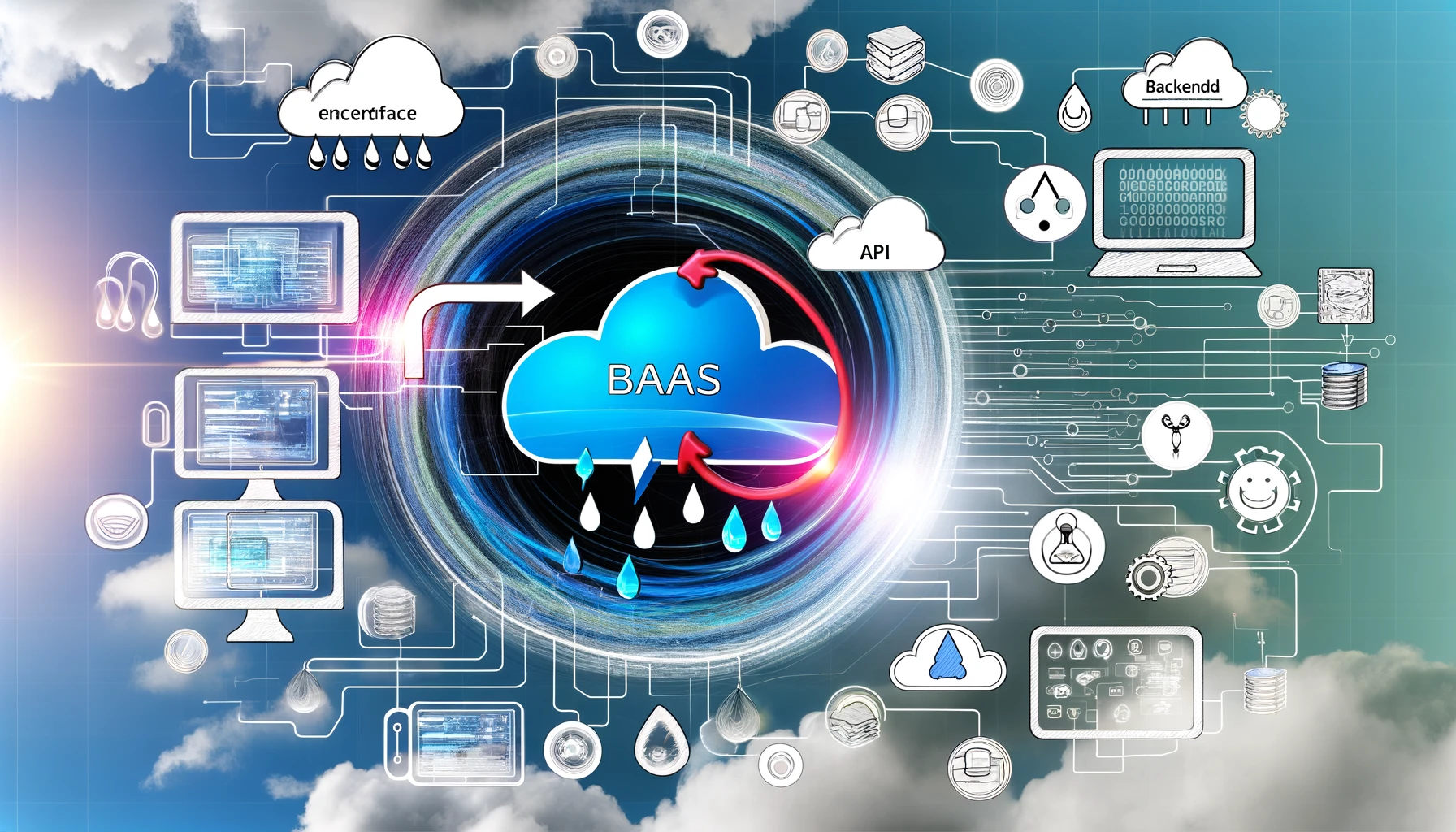Creating Seamless User Experiences in Enterprise Software Using BaaS: A Technical Insight with StormAPI
In the competitive landscape of enterprise software, delivering a seamless user experience (UX) is paramount. Modern businesses demand software that is not only functional but also intuitive, responsive, and personalized. Achieving this level of UX sophistication requires a robust, agile, and scalable backend infrastructure. This is where Backend as a Service (BaaS) platforms, like StormAPI, become indispensable. By abstracting the complexities of backend development, BaaS enables developers to focus on crafting seamless user experiences. This article provides a technical exploration into how BaaS, particularly StormAPI, is leveraged to enhance UX in enterprise software.
The UX Challenge in Enterprise Software
Enterprise software often suffers from complex interfaces, sluggish performance, and a lack of integration with other tools and systems. These issues stem from the challenges inherent in managing vast amounts of data, ensuring high availability and security, and integrating diverse services and APIs. Traditional backend development approaches can lead to bottlenecks, where the focus shifts from UX design to resolving backend limitations.
StormAPI: Elevating UX with Advanced BaaS Features
StormAPI, a cutting-edge BaaS platform, addresses these challenges by providing a comprehensive suite of backend services designed for the modern enterprise. Here’s how StormAPI enhances UX in enterprise applications:
1. Real-time Data Synchronization
StormAPI offers real-time database services that ensure data across user interfaces is synchronized instantly. This capability is crucial for applications requiring live updates, such as dashboards, collaborative platforms, and customer service tools. By enabling instantaneous data refreshes, StormAPI ensures that users have access to the latest information without manual reloading or delays, significantly improving the perceived responsiveness and efficiency of the application.
2. Scalable Infrastructure
User experience can degrade rapidly under heavy load if the backend infrastructure cannot scale accordingly. StormAPI addresses this by providing auto-scaling capabilities that adjust resources based on real-time demand. This dynamic scaling ensures that enterprise applications remain responsive and stable, even during peak usage periods, thereby maintaining a seamless UX.
3. Integrated Authentication and Security
Security is a critical component of UX, especially in enterprise environments handling sensitive data. StormAPI simplifies the implementation of robust authentication mechanisms, including OAuth2, social logins, and multi-factor authentication (MFA), without compromising on security. These integrated security features not only protect user data but also streamline the login process, enhancing the overall user experience.
4. Simplified Backend Logic with Cloud Functions
Complex backend logic can slow down application performance, adversely affecting UX. StormAPI provides cloud functions that offload heavy processing tasks from the client side to the backend. This serverless computing feature allows for the execution of complex operations in the cloud, resulting in faster application response times and a smoother user interface.
5. Comprehensive API Support for Third-Party Integrations
In today’s interconnected digital ecosystem, enterprise applications often need to integrate with external services, such as CRM systems, analytics tools, and other SaaS platforms. StormAPI facilitates these integrations through comprehensive API support, enabling seamless data exchange and functionality extension. By integrating various services without friction, enterprises can provide a unified and cohesive user experience across their software suite.
Case Study: Enhancing Project Management Software with StormAPI
Consider a scenario where an enterprise seeks to improve its project management software by incorporating real-time collaboration features, performance optimizations, and third-party integrations for enhanced UX. By utilizing StormAPI, the development team quickly implements real-time updates for project statuses and communications, ensuring that team members have immediate access to the latest information. Auto-scaling capabilities address performance bottlenecks during high-traffic periods, maintaining a smooth and responsive interface. Moreover, seamless integration with external document storage and communication tools via StormAPI’s APIs enriches the application’s functionality, providing users with a comprehensive, all-in-one project management solution.
The role of BaaS in creating seamless user experiences in enterprise software is profound. Platforms like StormAPI offer the technical infrastructure and services necessary to address common UX challenges, from real-time data synchronization and scalable infrastructure to integrated security and efficient backend processing. By leveraging StormAPI, developers can focus on what matters most—designing intuitive, responsive, and personalized user experiences that meet the evolving demands of modern enterprises. In an era where UX is a critical determinant of software success, the strategic use of BaaS platforms like StormAPI represents a significant advantage in the development of enterprise applications.


Leave a Reply